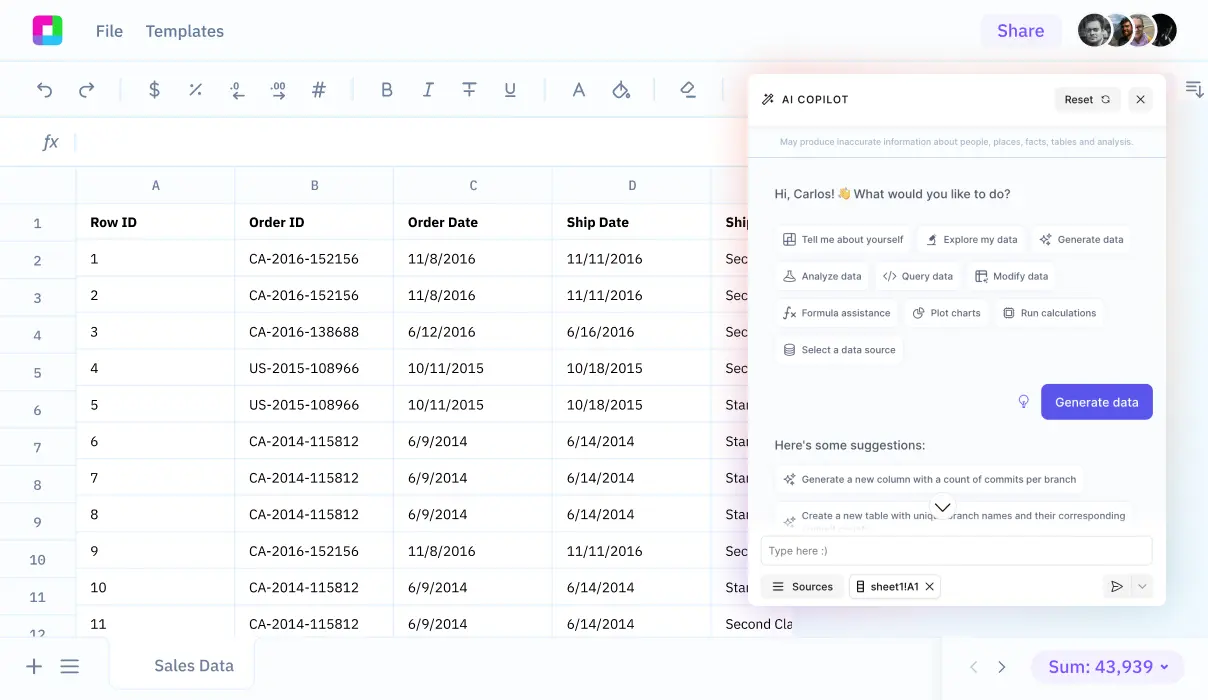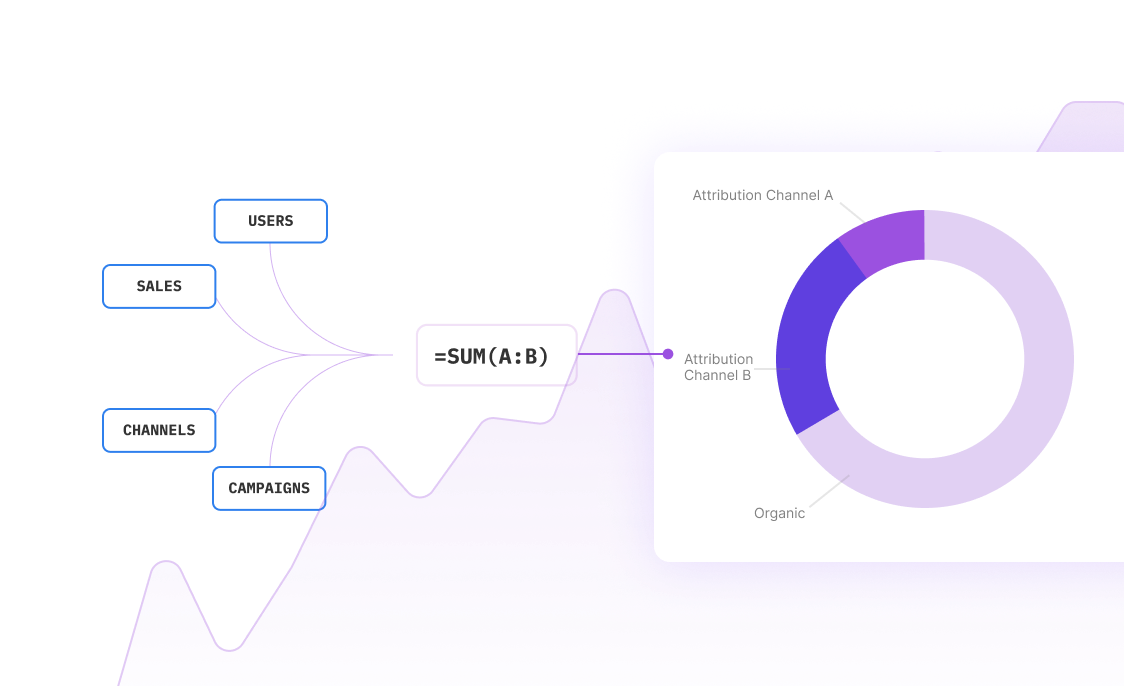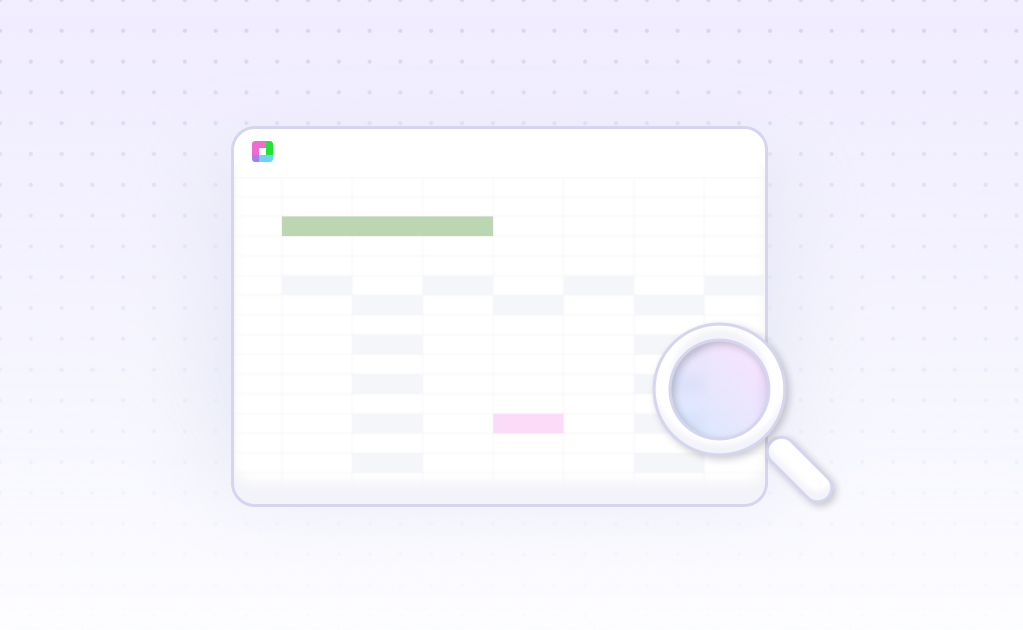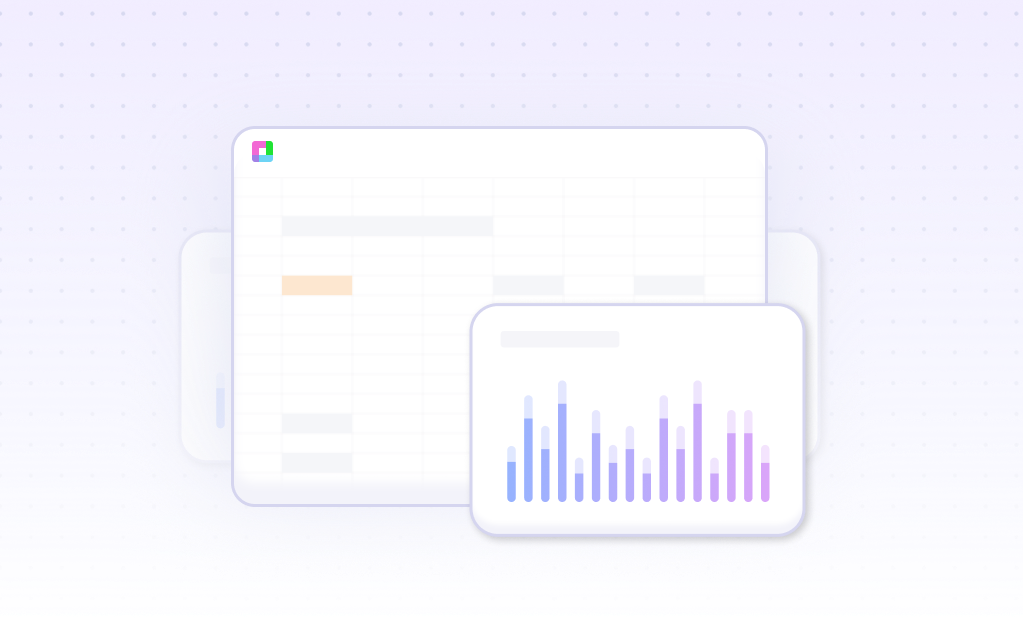
Introduction
Excel provides powerful capabilities for statistical and numerical data analysis. Modern AI spreadsheet tools offer automated alternatives for quantitative analysis tasks. Sourcetable combines comprehensive analysis features including descriptive statistics, regression analysis, correlation analysis, cluster analysis, time series analysis, and factor analysis. These tools enable data collection, preparation, visualization, and evidence-based decision making through real-time analytics and AI integration. Learn how Sourcetable empowers quantitative analysis for faster insights - try it at sourcetable.com/signup.
Why Sourcetable Is the Superior Choice for Quantitative Analysis
Sourcetable combines traditional spreadsheet functionality with AI-powered capabilities, offering significant advantages over Excel. While both platforms provide essential features like audit trails, calculators, charting, and collaboration, Sourcetable's AI integration transforms data analysis workflows.
Enhanced Efficiency and Accuracy
Sourcetable's AI automation streamlines data entry and reduces human error, delivering more accurate results than manual Excel processes. Its natural language processing capabilities enable conversational interaction with data, eliminating the need to memorize complex Excel formulas.
Advanced Data Processing
Unlike Excel's manual analysis methods, Sourcetable processes large datasets rapidly through AI algorithms. The platform extracts insights from unstructured data and automatically generates visualizations, accelerating decision-making processes.
Intuitive User Experience
Sourcetable's natural language interface allows users to analyze data through simple commands, contrasting with Excel's formula-based approach. This conversational interaction enables effortless data exploration and real-time insight generation, making quantitative analysis accessible to users of all skill levels.
Benefits of Quantitative Analysis with AI-Powered Spreadsheets
Why Quantitative Analysis Matters
Quantitative analysis captures measurable data in numbers and figures, enabling companies to study customer demographics and behavior patterns. Organizations that conduct quantitative research consistently outperform competitors. The analysis can be performed anonymously and passively, making it faster and more verifiable than other research methods.
AI-Powered Spreadsheet Advantages
AI integration transforms spreadsheet capabilities by automating data entry, complex calculations, and analysis. The technology identifies patterns in large datasets, generates accurate forecasts, and automatically creates visual representations of data. AI-powered spreadsheets improve accuracy by detecting errors and streamlining data cleansing processes.
Enhanced Decision Making and Productivity
AI algorithms analyze historical data to identify trends and correlations, enabling better decision-making through comprehensive visualizations and data storytelling. These automated features improve team communication and productivity while maintaining accuracy in forecasting and analysis.
Quantitative Analysis with Sourcetable: Advanced AI-Powered Spreadsheet Analysis
Sourcetable leverages AI capabilities to perform sophisticated quantitative analysis across diverse data types. This modern Excel alternative combines database analysis, SQL querying, and AI-powered data processing to deliver accurate insights while reducing human error.
Financial Analysis Capabilities
Traders can analyze day-to-day account changes, track trade performance, and distinguish between profit and loss days using advanced formulas like COUNTIFS(F:F,"PROFIT",K:K,0)/(COUNTIFS(F:F,"PROFIT",K:K,0)+COUNTIFS(F:F,"LOSS",K:K,0)). The platform excels at processing large financial datasets and identifying trading patterns.
Scientific Data Processing
Sourcetable handles complex scientific analysis through vector queries on 3D and 4D datasets, spatial data transformations, and specialized plotting for mining and marine biology data. Its compute-intensive capabilities surpass traditional spreadsheet performance.
Database and SQL Integration
Users can perform database-centric analysis through direct SQL queries or text-to-SQL conversion. Sourcetable streamlines data access with natural language processing, enabling efficient search and retrieval from databases and large CSV files.
AI-Enhanced Analytics
The platform employs LLMs for intelligent data cleaning, chart creation, and automated error handling. It validates data against external sources and generates predictive models, helping users identify trends and patterns in complex datasets.
Use Cases for Quantitative Analysis with Sourcetable
Financial Risk Assessment |
Financial professionals use Sourcetable to analyze market data and assess investment risks. The platform enables data-driven decisions through intelligent risk assessment and outcome projection. |
Sales Performance Optimization |
Sales teams leverage Sourcetable to refine strategies through quantitative analysis of performance metrics. This analysis helps optimize sales processes and improve workflow efficiency. |
Marketing Campaign Analysis |
Marketing professionals analyze campaign data to make data-driven decisions about resource allocation. Sourcetable helps them assess performance metrics and project campaign outcomes. |
Operations Process Improvement |
Operations teams use Sourcetable to optimize business processes through quantitative analysis. The platform helps identify inefficiencies and project the impact of process changes. |
Frequently Asked Questions
What is quantitative analysis and why is it important?
Quantitative analysis is a method that uses mathematical and statistical techniques to analyze financial markets and data. It's important because it helps make informed investment decisions, forecast market trends, and evaluate financial instruments while avoiding biases.
What specific tasks can be accomplished with quantitative analysis?
Quantitative analysis can be used to forecast market movements, evaluate investments, predict changes in GDP, track physical activity, justify business decisions, and analyze large datasets for informed decision-making.
How does Sourcetable enhance quantitative analysis compared to traditional spreadsheet tools?
Sourcetable is an AI-native spreadsheet that syncs with over 100 business applications, processes billion-row datasets in sub-second time, and features an AI copilot for spreadsheet work. It uses familiar A1 notation and cell-based referencing like Excel, but adds cloud computing for faster calculations, supports 3D and 4D data types, and enables real-time model updates.
Conclusion
Excel provides essential tools for quantitative analysis through statistical and numerical data analysis capabilities. However, Sourcetable offers an AI-powered alternative that combines Excel's functionality with advanced automation. This AI spreadsheet generates complex formulas like SUM and VLOOKUP automatically, while providing sophisticated data analysis through SQL and Python integration.
Beyond traditional spreadsheet capabilities, Sourcetable leverages AI to clean data automatically, create interactive charts, and enable voice-driven data interactions. The platform's integration with over 100 platforms and databases, including Quickbooks, Shopify, and Hubspot, makes it a comprehensive solution for modern quantitative analysis. Try Sourcetable's AI-powered quantitative analysis tools at sourcetable.com/signup.
Recommended Analysis Guides
Connect your most-used data sources and tools to Sourcetable for seamless analysis.
Frequently Asked Questions
If you question is not covered here, you can contact our team.
Contact Us





